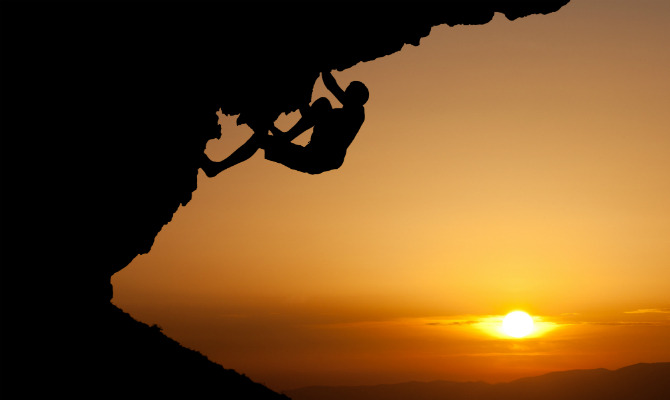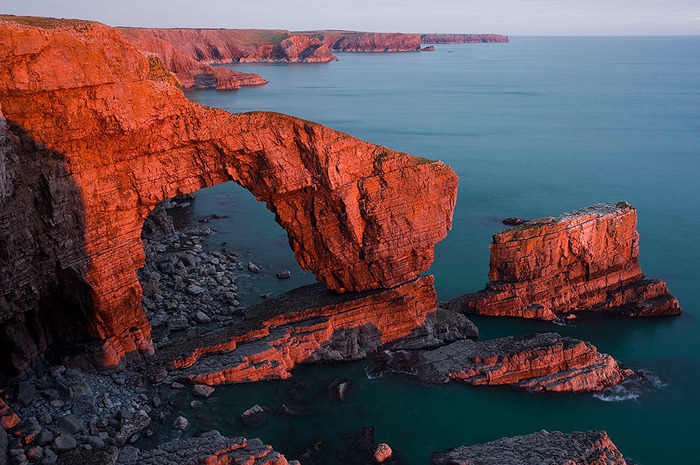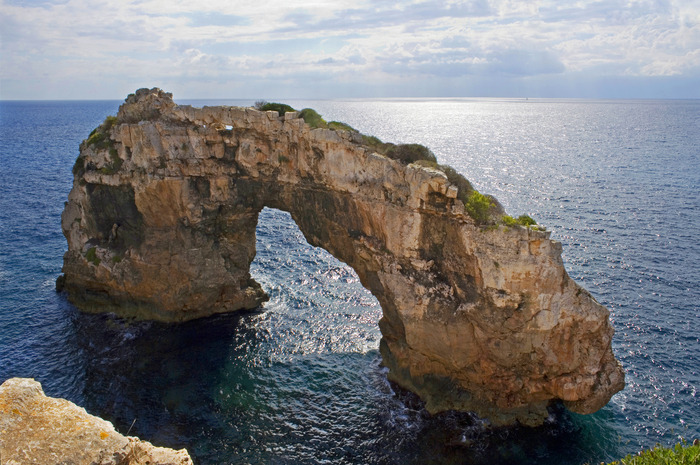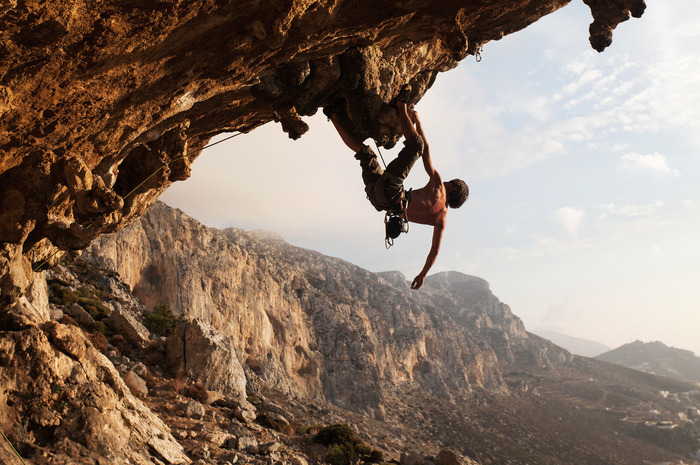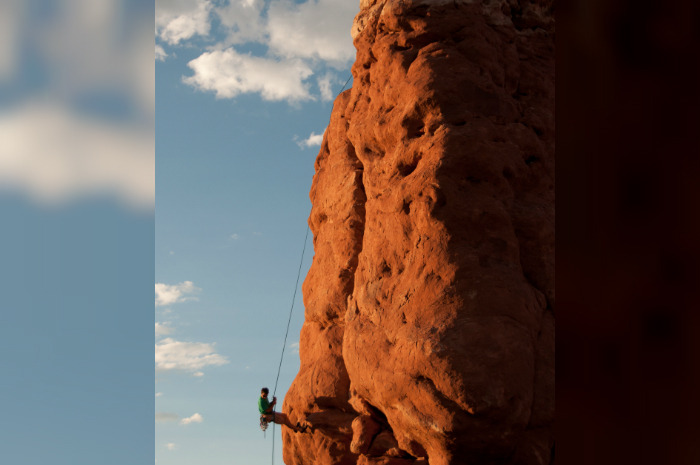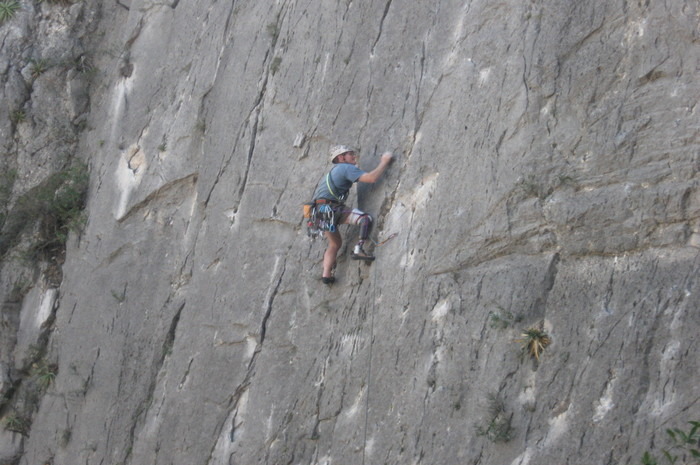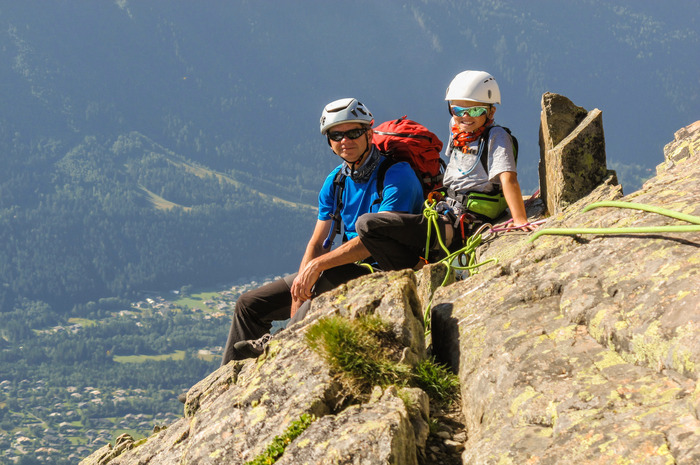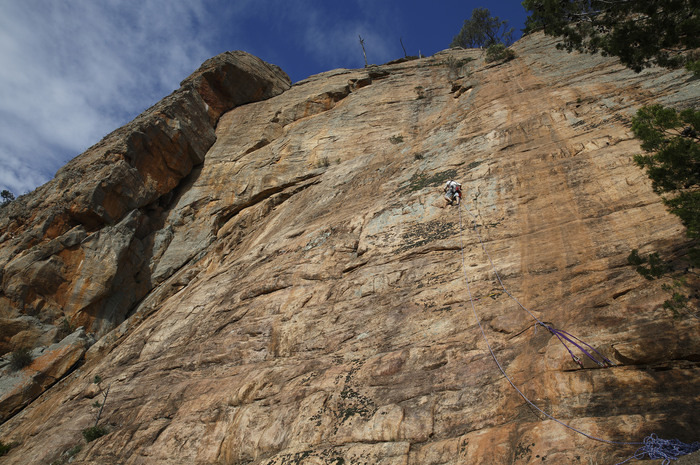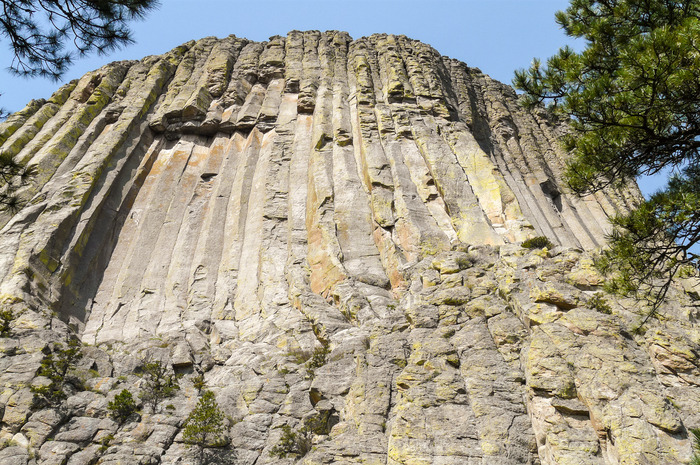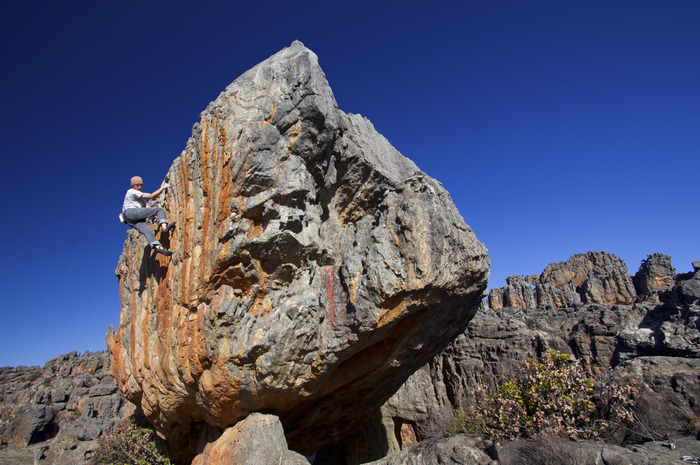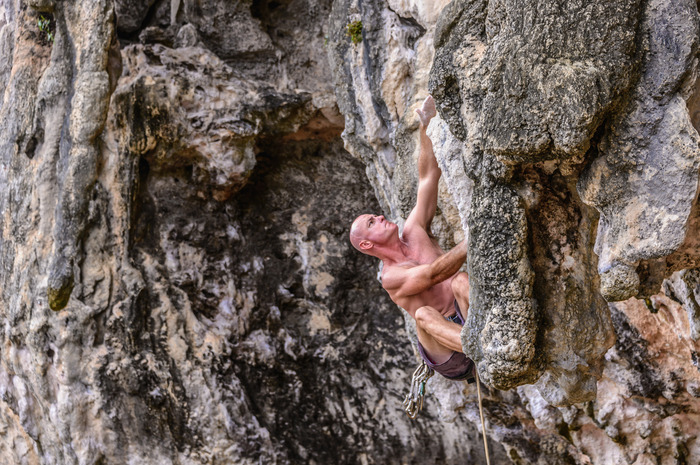The Best Places To Go Rock Climbing In The World
Red River Gorge, Kentucky
Plan to climb the canyon system on the Red River in east-central Kentucky when it's supposed to be sunny and dry. The views are magical, the scenery is gorgeous, and the climbing potential is huge. You get to choose between a wide region of national forest land and remote areas with sandstone cliffs for all-level climbers. The climbing season is usually between March and June, and peaks again in October.
Chalten Massif, Argentina
This is the ultimate alpine rock climbing destination. Steep granite spires range from 1,000 to 5,000 feet high, and approaches are long. Most climbers come between early November and late February, because this is the driest period. As for the quality of the rock, the golden granite in Fitz Roy's North pillar or on Pier Giorgio or on Poincenot is fantastic. In general, the east and north is more suitable for climbing than the south or west.
Pembrokeshire, Wales
The park is home to more than 4,500 awesome sea cliff climbs in the United Kingdom. You'll have a hard time picking. You get miles of steep and solid limestone, big holds, and spectacular views above the sea. The main areas for climbers are the limestone cliffs of south Pembrokeshire, particularly around Lydstep, Penally, Stackpole and the Castlemartin MOD ranges. In the north of the county, there is also some fantastic climbing around St. David's and the coastline to the north east.
Rifle Mountain Park, Colorado
Climbing in Rifle will seriously challenge your problem-solving abilities. The area is absolutely beautiful and the atmosphere is pulsating, but the routes are not easy. They are long and the terrain quickly changes from flat holds to pockets and weird pinches. Some routes have been so popular over the years that they have become greasier, increasing the risk for slipping. The most popular walls are The Wasteland, the towering Anti-Phil Wall and The Arsenal, which is extremely steep. Intermediate or new climbers might have an easier time somewhere else.
Mallorca, Spain
The island is known as one of Europe's meccas for rock and sport climbing. Beginners will find plenty of routes with easy walls; intermediates and experts love it for the overhangs and cracks. Crags around Palma and Valldemossa are easily accessible, and Gubia is the largest and most crowded because it has a lot of multi-pitch routes. The hardest walls are at the Fraguel crag. A summer climb here is probably not a good idea because it's far too hot.
Kalymnos, Greece
Rock climbers love Greece and its more than 2,500 routes that range from novice to master in challenge level. Climbing on the coats of Kalymnos is an opportunity to see some of the most fabulous sunsets. Many of the routes have tufas and are quite steep, but you'll also find plenty of alternatives with different pockets and thin vertical climbing. Most people prefer the "climbing" villages of Armeos, Masouri and Myrties.
Arches National Park, Utah
Only expert climbers are recommended to try the sport at Arches National Park. Permits are free and people are encouraged to register. The sandy nature of the rock, however, can be tricky. The park has everything a climber can want – tough and easy multi-pitch towers, hard cracks and long walls. Access is easy because many are not too far from the roads. You can also establish new routes.
El Potrero Chico, Mexico
You can climb some of the tallest limestone cliffs (1,000 feet) in North America at El Potrero Chico. The tallest is the North Face of the Mountain of El Toro, which is just about 2,000 feet. The well-bolted, multi-pitch sport routes offers the experience of a lifetime. One of them is the second longest in the region. The climbs have very easy access with only a 5-minute walk from most campgrounds, eliminating any need for a car. The best time to visit is in the spring and fall.
The Tepuis, Venezuela
The tabletop mountains are quite isolated and mostly unexplored. Getting to the base of any tepui requires driving, flying, and hiking. The Upuigma Tepui is not a very popular route yet, as it was only first climbed in 2007. The Acopán Tepui is more well-known. Most of the designated climbs are on a south face, so the sun is out almost all day. The rocks are steep – anywhere from 1,000 to 2,000 feet tall – but roofs and ledges are easy to find.
Acadia National Park, Maine
Where else are you going to climb 60-foot pink granite cliffs at the edge of the sea? Other popular areas include South Wall (Champlain), three-pitch routes for beginners with good corners and thin cracks, and Great Head for high-grade sea cliff climbing for experts. Good bouldering can be found along the ocean between Sand Beach and Otter Cliff, and near Blackwoods Campground.
Chamonix, France
Chamonix includes the highest mountain in Western Europe – Mont Blanc (almost 16,000 feet). The Mont Blanc Massif has 27 peaks that are higher than 13,000 feet. They offer many alpine routes on granite rock. Most climbers, though, are attracted to the huge granite towers and spikes to the left of the Aiguille de Midi. Some of the routes take days to finish. Accessing some of the most awesome walls requires moving over glaciers.
Mount Arapiles, Australia
Mount Arapiles is a remarkable island of hard quartzite rock. The area is often labeled "the best traditional-climbing area in Australia." It's Victoria's climbing Mecca, its best destination, and maybe the heart and soul of rock climbing in country/continent. There are hundreds of climbs within a 20-minute walk of either of the two main campsites. The rock is a very dense, ocher-red in color. Face features and sporadic cracks make the area pretty easy to climb, and most of the terrain is steep and overhanging.
Devils Tower National Monument, Wyoming
The enormous hexagonal columns are intimidating for some climbers, but a unique experience for all. They have hundreds of parallel cracks – pretty much every 5-10 feet – and they mostly run straight up and down, which reduces rope drag. Some cracks are often 400 feet long, and many walls are perfect for climbing the first several pitches. The easiest route to the summit is Durrance.
Rocklands, South Africa
Bouldering at Rocklands has becoming more popular in recent years. The contrasting red, grey, and black sandstone against a clear blue sky and beautiful wildflowers comprise an astonishing view. All climbers need to get a permit before heading to the rocks. The best time to go is March-May and September –November. You get to see some amazing wildlife while climbing – large spotted genet, slender yellow and black-spotted carnivore, hyrax, and even leopards.
Railay Beach, Krabi, Thailand
This rock is all limestone. The location is part of the world's largest coral reef, stretching from China down to Papua New Guinea. The routes are all bolted and a must for sport climbing. Couples looking for adventurous destinations choose to go there because of the beautiful beaches and tropical weather. Climbers like the variety – more than 700 walls to explore that are good for bouldering, rope climbing, and rappelling.
Joshua Tree National Park, California
Joshua Tree has more than 400 rock climbing formations and over 8,000 routes. There are Slab, steep-face and traditional climbing opportunities for enthusiasts of all levels. Some of the more popular ones are the Energy Crisis, on the east side of Little Hunk formation, and the Schwarzenegger Wall, at the north end of Rockwork Rock formation.
